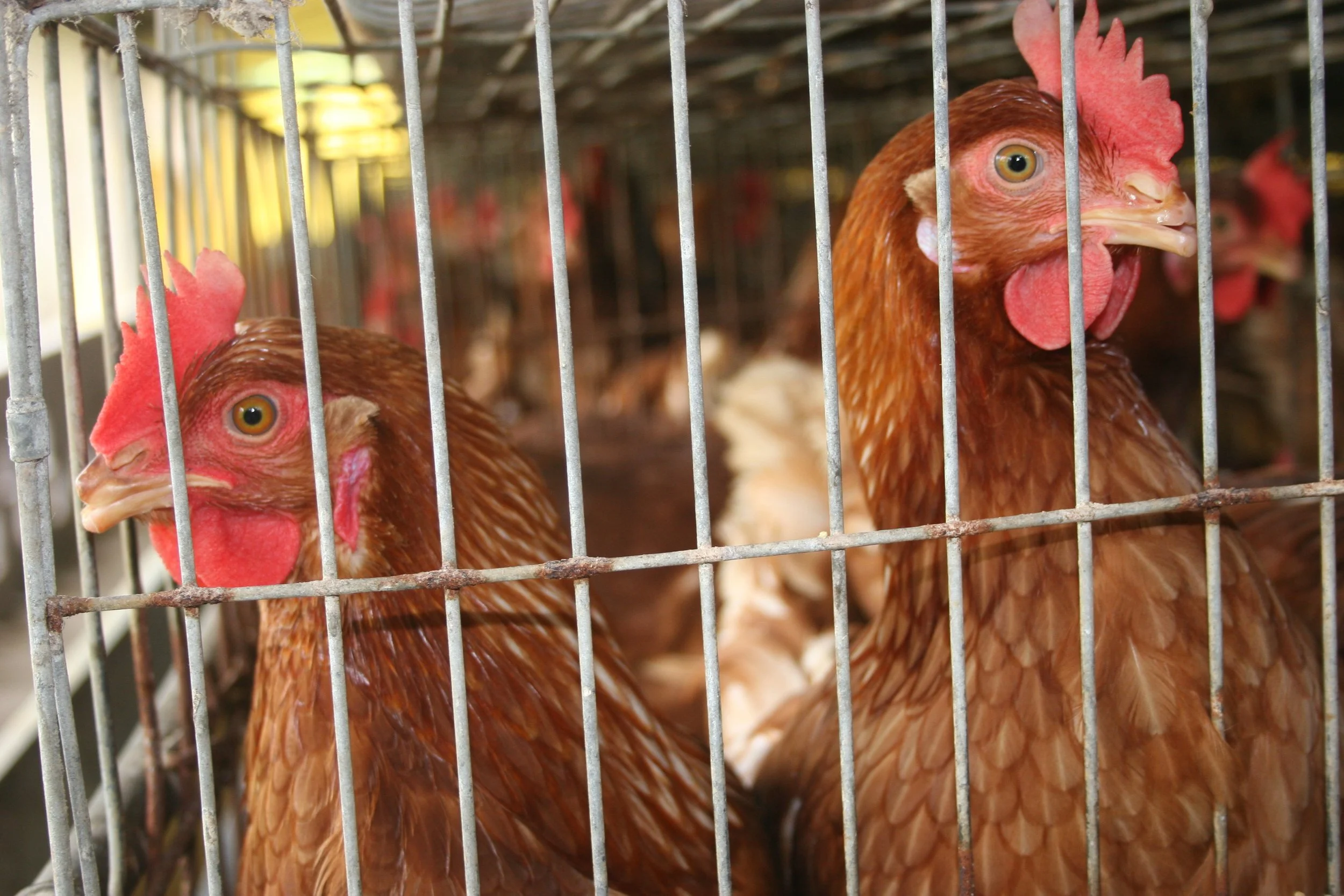How much do ninety-six elephants weight? Simple answer - it depends on what kind of elephant. Ninety-six Asian elephants weigh 1,152,000 lbs; 96 African savanna elephants weigh 1,248,000 lbs; and 96 African forest elephants weigh a mere 576,000 lbs. And yes, there is a species of elephant (Loxodonta cyclotis) that lives in the forest of Central Africa, and that was only “discovered” by science in 2005. But, why 96 elephants? Again, simple answer - that is the number of African elephants that are leaving planet Earth every 24 hours. Ninety-six elephants! There are 96 elephants a day that die due to poaching and habitat destruction and disease and all those other challenges that conservationists are all too familiar with since these same challenges threaten species across the planet.
Elephants have been on my mind since the first Tarzan show I watched in the 1970s. I love elephants! Since those early episodes with Tarzan and Jane, I became increasingly aware of the plight of the elephant. Then in 2000, I went to the Congo to work on an elephant conservation project. That year I immobilized my first African forest elephant—a bull named Sue (after the Johnny Cash Song a Boy named Sue)—so the biologist on the team could place a GPS collar around his neck and we could begin to unravel the secrets of his hidden life under the dense Central African canopy. Over the intervening 17 years, I have worked with orphaned baby elephants and elephants with snares and other human caused injuries in Africa and with Asian "working" elephants in Myanmar and Thailand.
What is most striking about elephants, beyond how amazingly awesome they are, is how their numbers are plummeting daily. Roughly there now exists less than 600,000 African and 40,000 Asian elephants. While many people want to direct the “elephant debate” on whether elephants belong under human care, most people do not want to face the real “elephant in the room”. Elephant discussions would be much better directed to consider the dire status of these giants of the forests and fields of Asia and Africa.
The data in a scientific paper just published by Poulsen et al. (2017) helps to conceptualize the plight of the elephant. In this study, researchers used elephant dung counts to estimate elephant density in Minkébé National Park, Gabon, Africa. Minkébé is a 3,000 square mile park (or a park about the size of 3 Rhode Islands). You need to know just one thing about Minkébé before we look at their data. In the early 2000s, Minkébé had the highest density of elephants in all of Central Africa. In the Poulsen et al. study, they looked at the number of elephants from 2004 to 2014 and found that their numbers fell from 35,000 in 2004 to 7,000 in 2014. That is 28,000 elephants that died in just one park, in just one decade, in just one country in Central Africa. And, if you calculate the full loss of elephants across all of Africa during that same 10 yr period, you would get 350,400 elephants (10 X 96 X 365). With a little math, you see that the 28,000 elephants that were killed in Minkébé during that period represents only 8% of all the elephants that died over those 10 years. This is simply madness!
Let’s meet a couple of African Forest Elephants
Lessons from Little Kotto
One elephant I will never forget is Kotto. Although, I have found that 99.9% of people love a baby elephant, most no one wants mother elephants to live in their backyards. When I first met Kotto, he was living in an oil camp in the African rain forest after his mother had been killed while raiding crops in a nearby village. I fell instantly in love. Little Kotto was barely able to stand, but soon with veterinary care and a lot of TLC, he was up and rambunctious and acting like a baby elephant. We spent weeks providing veterinary care and mothering for this one lonely baby elephant. Sadly before a month was up, he was among the 96 African elephants that died on that one day. The lessons from working with and loving Kotto were many, but a major one was realizing that of the 96 elephants that are killed each day, they may be young or old.
Lessons from Tobblerone
We in the USA often think that the plight of the elephant is a problem over there, on someone else’s land, and caused by someone else. This could not be further from the truth. During a week period in which I, and a team of other conservationists, walked around an oil field in Gabon, Africa—a site where oil is extracted and sent to countries across the globe, we tracked a big bull forest elephant. This bull had a snare (one example of human-elephant interaction) encircling his leg, and I watched as he became progressively lame. After days of tracking, I was finally able to get an anesthetic dart in at a time when he was not in the middle of the lake where he spent most of the days self-treating (hydrotherapy!) his wound. Anesthetics on board, we were then able to remove the snare, treat his wound, and save this one elephant. Affectionately named Tobblerone, after my 3 legged cat, I hear that years later he still roams the African forest and oil fields. Although Tobblerone did not become one of the 96 dead elephants on our watch, this work showed how truly connected elephant conservation is to all corners of the globe. I may have used oil from that oil field today as I sit in my house in the USA.
A World Without Elephants
I don’t want to live in a world without elephants and I will most likely get this wish. But what of my 13 yr old son or his son or his great, great, great granddaughter? I fear they will not share a planet with these amazing family-oriented and intelligent creatures. These mammoths that inspire us, often simply by their size, and that make us care for the world, are also out doing their part as ecosystem engineers. Elephants disperse seeds and serve as bulldozers for the environment, modifying landscapes in countless ways and for countless other species.
Let’s work together to ensure Tobblerone and his offspring and all the baby elephants that were born the same year as Kotto and who would have shared the forest with him, have a place to live in the coming years. A place to live free of the constant fear that we humans so often bring to their lives.
References:
Blake, S., and Deem, S.L. 2008. Kotto’s Story. Wildlife Conservation Society Magazine. 104: 14-15.
Blake, S., Deem, S.L., Strindberg, S., Maisels, M., Momont, L., Isia, I.-B., Douglas-Hamilton, I., Karesh, W.B., and Kock, M.D. 2008. Roadless wilderness area determines forest elephant movements in the Congo Basin. Plos One. http://dx.plos.org/10.1371/journal.pone.0003546.
Blake, S., Deem, S.L., Mossimbo, E., Maisels, F., and Walsh, P. 2009. Forest Elephants: Tree Planters of the Congo. Biotropica. 41: 459-468.
Deem, S.L, and Blake, S. 2004. Tracking an elephantine mystery. Zoogoer. 33: 20-28.
Deem, S.L. 2008. Tracking a snared elephant. In: Spelman, L.H., and Mashima, T.Y. (eds.), The Rhino with Glue-on Shoes. Bantam Dell Publishers. pp. 138-147.
Poulsen, J.R., Koerner, S.E., Moore, S., Medjibe, V.P., Blake, S., Clark, C.J., Akou, M.E., Fay, M., Meier, A., Okouy, J., Rosin, C., and White, L.J.T. 2017. Poaching empties critical Central African wilderness of forest elephants. Current Biology. 27: R1-R3.
Roca, A.L., Georgiadis, N., O’Brien, S.J. 2005. Cytonuclear genomic dissociation in African elephant species. Nature Genetics. 37: 96-100





